Ciao a tutti! Bentornati nel mio canale!
Che PIACERE vedervi! Vi PIACE imparare nuove cose? Anch’io! Mi PIACE scrivere il blog Studentessa Matta e parlare con voi della lingua italiano. Per me è sempre un PIACERE approfondire la mia conoscenza della lingua!
Avete capito? Oggi facciamo un ripasso di come usare la parola “PIACERE”.
Hi, everyone! Welcome back to my channel? It is a pleasure to see you. Do you like learning about new things? Me too! I like writing the Studentessa Matta blog and talking about the Italian language. For me, it’s always a pleasure getting a to know the language better.
Have you understood? Today we are taking a look at how to use the word “Piacere.”

Piacere is a friendly little word that sometimes packs a punch! In this video, I’m going to review how to use PIACERE to clear up any doubts you may have about this “pleasing” word.
For starters word, PIACERE is used to convey that you “like something.” It can also say that you appreciate or find pleasure in doing something.
Si usa il verbo quando troverete qualcosa attraente o approvate una cosa.
There are a couple of ways the word PIACERE is used.
First of all, you can use PIACERE, when you greet someone for the first time. Marco and Gianluca are new co-workers who are meeting for the first time. Marco says to Gianluca. “Ciao sono Marco, il tuo nuovo collega.” The two men shake hands and Gianluca responds by saying: “Piacere” – It’s a pleasure!

Now things get a little tricky when we conjugate the verb PIACERE. For some people especially those with an Anglo-Saxon mindset, the verb PIACERE can be a bit mind-boggling.
That is because PIACERE doesn’t mean someone likes something, but rather it means something is PLEASING TO someone.
In Italian, the SUBJECT and the OBJECT are flipped. This is the opposite of how we express “liking” things in English, thus causing confusion for language learners.
Take for example the English sentence: “I like Italy”
In this instance
“I” equals the “SUBJECT”
“Italy” equals the “DIRECT OBJECT”
But in Italian to express the same thought you say: Mi piace l’Italia.
Basically we are saying: “Italy is pleasing TO me”
“ITALY” equals the “SUBJECT”
“TO ME – Mi” equals the “INDIRECT OBJECT”
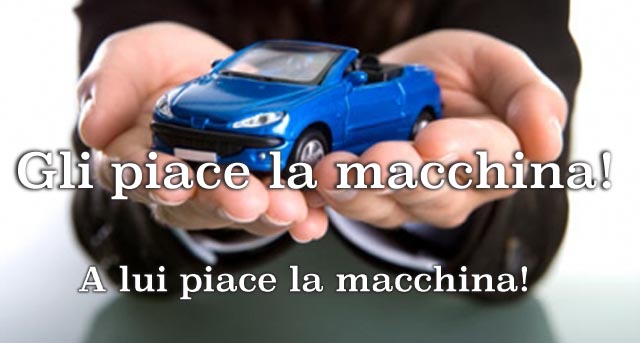
Remember the indirect object is introduced by the preposition “A”. For instance: A me, A Giovani.
Because of this sentence construction, as you can see, in Italian we must use an indirect object with the word piacere.
This indirect object is the one who is doing the liking. For example: “A Lucia piace cucinare. Lucia is the indirect object.
As such you would also use indirect pronouns with PIACERE. Do you remember your indirect pronouns?
They are: Mi (to me), Ti (to you), Gli (to him), Le (to her), Ci (to us), Vi (to you all), a Loro /or gli (to them)
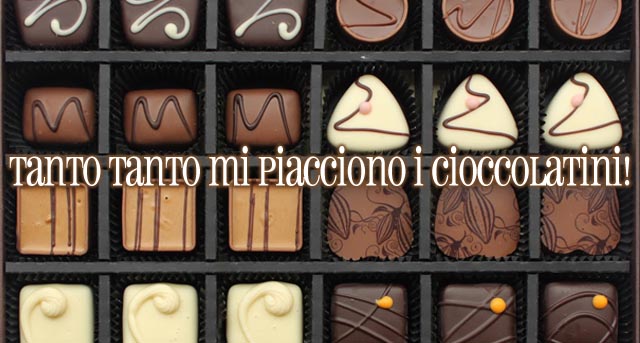
Another thing to remember about PIACERE is that if what we are liking is singular we use PIACE. If it is plural we use PIACCIONO. (as usual, the subject defines the conjugation of the verb)
For example:
Mi PIACE UN biscottO. / I like a cookie.
Mi PIACCIONO I biscottI. / I like the cookies.
Remember once again: Biscotto (singular) or biscotti (plural) are the SUBJECT of the sentence and I am the indirect object.

If the subject (what is liked) is a VERB like, “andare”, “preparare” or “disegnare” you would use the singular form of piacere – PIACE. Like this:
Mi PIACE andare in bicicletta. / I like riding a bike. (”Andare in bicicletta” is thing in this sentence that is being liked).
Le PIACE fare le torte. / She likes making cakes (“Fare le torte” is thing in this sentence that is being liked)
Ti PIACE disegnare? / Do you like drawing? (“Disegnare” is thing in this sentence that is being liked).
Tutto chiaro? Bene! Now that you have a handle on how to use PIACERE in the present tense let’s take a look at how to construct a sentence using PIACERE in the past tense.
With PIACERE we always use it coupled with ”ESSERE” not with “avere”
As a consequence, keep in mind that the ending of the past participle of PIACERE must agree in gender and number of the thing you like because it is the subject of the sentence. For example:
IN THE SINGULAR past tense the verb is either: piaciutO or piaciutA
For example:
Mi È piaciutO il vestito blu / I liked the blue dress. (VestitO is a masculine noun)
Mi è piaciutA la caramella / I liked the candy. (CaramellA is a feminine noun)
IN THE Plural past tense the verb is either: piaciutI or piaciutE
So if I like all the blue dresses I would say:
Mi SONO piaciuti tutti i vestiti blu. (VestitI is the plural masculine noun)
So if I like all the candies I would say:
Mi sono piaciutE le caramelle / I liked the candies. (CaramellE is the plural feminine noun)

Ok! I’ll leave you with one last thought. PIACERE can also be conjugated like other Italian verbs.
Piaccio
Piaci
Piace
Piaciamo
Piacete
Piaciono
When would these conjugations of the verb PIACERE be used and how, you ask? Well, let’s look at the sentence:
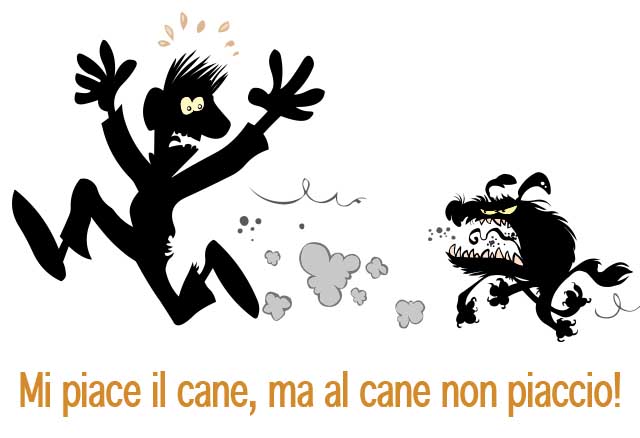
I like the dog, but the dog doesn’t like me.
The first part we have gone over: I like the dog / Mi piace il cane
That seems easy enough. (Remember we are flipping the order of the subject and the object so it is really: The dog is pleasing to me.)
“Dog – Cane ” equals the “SUBJECT”
“To Me – Mi” equals the “INDIRECT OBJECT”
Now for the second part: “the dog doesn’t like me. ” This is where things get a little tricky:
In Italian we say: Al cane non piaccio.
Here again we must flip the order of the subject and the object. Basically in Italian we are saying: “To the dog I am not pleasing”
“Piaccio” – I am the one that is either pleasing (or the not pleasing in this case)” = “SUBJECT”
“To the Dog – Al Cane” = “INDIRECT OBJECT”
Argh! Mind blown! Like a dog with a bone chew on that for a while!!! Don’t you just LOVE Italian!?!?! Non vi piace l’Italiano!?!?!?! Non preoccupartevi! Questa frase è molto complicata. Mi fa girare la testa! Però man mano, con un po’ di pratica tutto diventerà più chiaro.
Here are a couple of easier examples:
Io piaccio a Marco = Marco likes me. (I am pleasing to Marco)
Io piaccio ai tuoi amici? = Do your friends like me? (Am I pleasing to your friends?)
Tu piaci a mia sorella! = My sister likes you. (To my sister you are liked)
Just look out for where the preposition “A” (which means “to”) falls in the sentence to help understand the phrase.
For more practice with the verb PIACERE scroll on down the page where I have include more practice exercises.
Fatemi sapere se avete delle domande. / Let me know if you have questions.
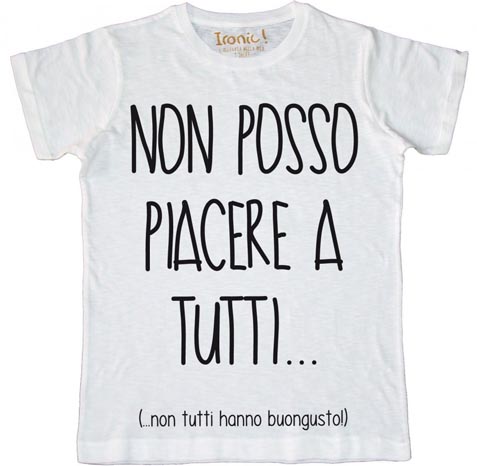
Non dimenticare di iscrivervi al blog. Don’t forget to subscribe to the Studentessa Matta Blog to receive notifications of posts, new youtube videos, newsletters, and exclusive language tips via email. (Look for the subscription box at the top of the widget column on the right-hand side of the page)
Also please visit and like the Studentessa Matta
Facebook page. I’d love to see you there!
Non dimenticate che mi piacerebbe
vedervi sul blog e sulla pagina di Facebook!
Fill in the blank with the singular or plural form of Piacere in the present tense.
- Gli ________ molto gli animali, sopratutto i cani.
- Le ________ quest’abito che le ha offerto la nonna?
- A loro________ i musei d’arte moderna?
- Ci ________ le canzoni italiane?
- Ti ________il film che abbiamo visto al cinema?
- Ti________andare in vacanza con I tuoi genitor?
- Vi ________questa casa di familia?
- A Fabrizio e Stefano non ________andare a fare la spesa!
- Mi ________molto le serate tra amici.
- Al ragazzino non ________dormire da solo, ha paura!
- Non ti________gli insegnanti di matematica
Now, change these sentences written in the present tense to the past:
- Mi piace andare a Venezia.
- Non ti piace mai andare per negozi.
- Gli piacciono i cibi esotici.
- Le piace cantare con gli amici.
- Non ci piacciono mai le persone maleducate.
- Ti piace il film?
- Ti piace la torta?
- Le piacciono i film francesi?
- Gli piacciono le canzoni d’amore?
- Ti piace questo esercizio sul verbo “piacere”?
Form the following into present tense sentences using the word correct form of “Piacere”
Paolo / fare le valigie
(io) / le patate
(voi) / la festa
loro / le ragazze
lui / ballare
Le / bere il caffé.
Ti / mangiare gli spaghetti.
Mi / i fagiolini.
A lei / sempre le lasagne della sua mamma.
A Leone / molto la birra.
Form the following into past tense sentences using the word correct form of “Piacere”
(tu) / la pizza
noi / gli uomini italiani
lui / le pesche
lo zio / i bambini
(io) / la frutta
A loro / l’aragosta (lobster).
Ti / la partita domenica scorsa?
Gli / l’incontro che ha visto?
Vi / il programma ieri sera?
Le / gli scampi.
Buoni studi!
If you liked this post you might like these posts too:
Italian for my girlfriend: Delightful way to learn Italian idioms through daily drawings
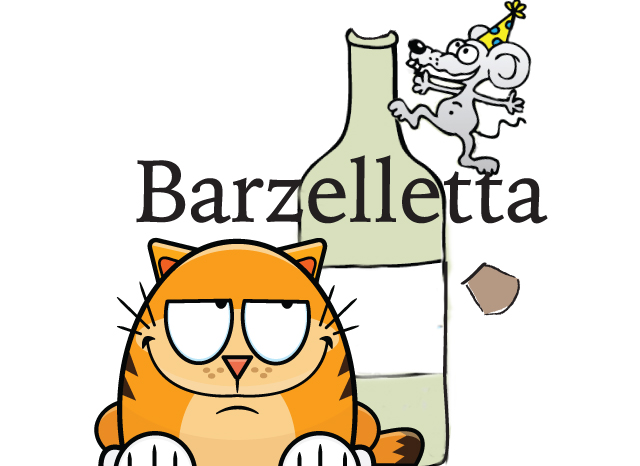



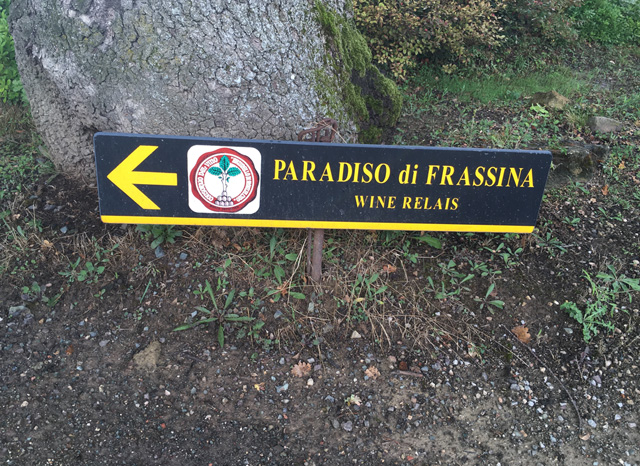







Grazie!
Prego!
Mi piace molto questo post del blog. Per favore scrivi altri post di grammatica.
This is AMAZING! I’m doing Italian Rosetta Stone, and if only i had THIS type of explaination behind everything…it would be so much better! Thank you for the help!
Hi, thanks for the resources. I found your site via a (desperate) google search to unravel piacere. You explain it well and I have tried to the exercises. The lack of solutions leaves me fearing I have got some wrong. Does anybody have a list of solutions? Mi piaccio impare Italiano. Non è facile, ma nulla vale la pena mai.
immediately I note I have said “mi piaccio impare” which should be “mi piace impare” because it is followed by a verb. Warning- slow moving brain in progress!
Ciao Steve, I’m glad you found the post of the verb piacere helpful.
After viewing the post again, I realized that the link to the video at the end of Raffaella Carra singing Mi piace… was broken… so I just updated it. It’s a fun song so you should check it out!
If you want help with correcting your exercises, feel free to send them to me at Melissa@studentessamatta.com
I’d be happy to sort them out for you and resolve and “dubbi”
A presto! Melissa
Molto bene!
Mi piace la tua lezione
Grazie mille
sono contenta che tu sia piacuto il post!
Ciao Melissa
Molto, molto, utile! Una piccola domanda… Come si usa “piacere” con i list delle parole? Per essempio 1: ‘Mi piace’, o ‘mi piacciono’, ‘il cielo, le mare e la piaggia’? (Un list delle parole singolare.) Per esempio 2: ‘Mi piace’, o ‘mi piacciono’, ‘il cielo e gli uccelli’? (Un list delle parole singolare e plurale.)
Grazie mille
Sono appena tornata dall’Italia. Mi dispiace di aver risposto così tardi.
Con una lista si usa piacere così: Mi piace il caldo, il mare, i buoni pranzi….
Ma quando non è necessario usare ‘A’ per che ho visto molto frase sensa ‘A’ con piacere
Ciao Christine, You use “A” with piacere in this way:
A me piace il gatto. / A me piacciono i gatti. or you can use indirect pronouns: Mi piace il gatto. Mi piacciono i gatti.
To me the cat is pleasing. To me the cats are pleasing. (In English we’d phrase it like this instead: I like the cat)
A lui piace il cane. / A lui piacciono i cani. or you can use indirect pronouns: Gli piace il cane. / Gli piacciono i cani.
To him the dog is pleasing. To him the dogs are pleasing. (In English we’d say: He likes the dog)
The preposition “a” or “to” is used instead of an indirect pronouns (mi, ti, gli, le, ci, vi)
Se hai altre domande fammi sapere!
A presto! Melissa
Mi piace molto il tuo blog su verbo “piacere”. Anche, è stato un vero piacere guardare il tuo video.
Grazie bene per tutti. È il miglior corso in assoluto nell’uso del verbo piacere! Mi piace molto.
Ciao Melissa
Mi piace molto questo posto. Faro le lezzione per Martedi.
Ci parliamo piu tardi
Carol